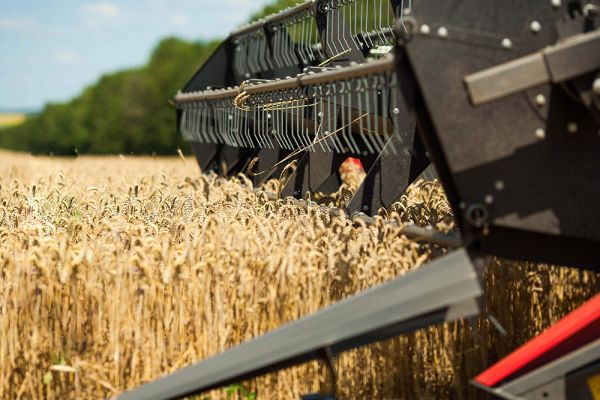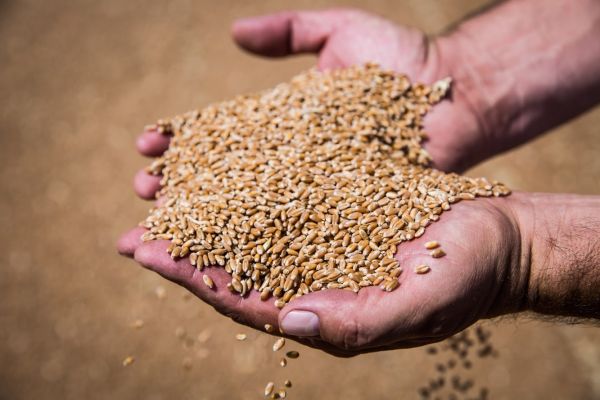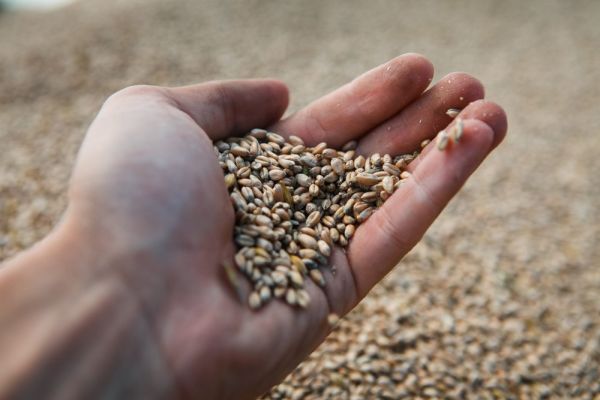Grain and the City: Is Wheat off the Game?
Why was wheat paid for almost a lot at the port yesterday, and today—it costs more than a year ago, yet not much? For those keen on smart incomprehensible words—"areas have formed in the chart and they are holding on". In layman's terms, "news of the northern hemisphere has established prices" should be read as buyers have almost put up with quality and quantity. The dry spell in Canada, ordeal with spring wheat yields in the U.S., European poor, damp quality, manipulative manipulation in Russia—all this has been discussed way too much, none wants to pay for it anymore, and a break that is just hanging in the air is looked forward to.
The northern hemisphere is almost harvested. The new crop volume is building up. If at the beginning of the campaign, six weeks ago, everyone was optimistic and expected pressure of a rich harvest, then after slowly progressing harvesting demonstrated a poor quality of grain, traders chose to close short positions quickly, to buy physical grain under previously concluded contracts. Importers are almost ready to buy "whatever there is": both in barley and in wheat, by some quality indicators they are ready to compromise and eat gray bread, falling apart pasta, healthy bran, the latter is plenty. Well, there is no usual quality whatsoever. Many are ready to wrap export programs on barley, and those unwilling to take risks are selling it. There are logistics problems in Ukraine, predicting the unpredictable duty in Russia, plus one dollar for speed, add two for quality, and suchlike.
Conspiracies to buy wheat from farmers cheap have failed, we are close to the 300 mark, but to rise higher news is needed. And we don't have any. So far some are ready to pay extra for grain density in the port, but on FOB basis this is hardly working. Even though some buyers also have a poor harvest. We're waiting for people to suddenly find out that there isn't much corn and more needs to be substituted. And then the spread between food wheat and feed will shrink again. Or we can pretend, like China, that we don't need much. Or wheat can go back up again, which sounds painful and scary. But for now, the big U.S. crop tour is communicating the good news from the American fields to everyone, and the corn maturing in the fields is keeping the stock corn from growing. The September report may show unexpected corrections. And there is corn in Europe and Ukraine as well. Only Brazil doesn't have it, although the record Argentine crop is being delivered there the best way possible, along the shallow Paraná River.
Besides, I wouldn't dismiss China: there will be less soybeans this year than the Chinese would like, and more corn—if it hasn't drowned—than we would like. A voice in the wilderness, the only reliable source of information on the Chinese market in my experience, China Oilseeds, reminds us that in 2021 the government decided to extend the soybean area expansion program, however, a Chinese farmer felt differently (yes, even in China it happens that a farmer might think outside the box).
The basic idea this year was that China should be fully self-sufficient in food soybeans (non-GMO), except for the fact that the area under crops, according to official data, decreased by 6.9%, and the unofficial suggest a 15% reduction, it is unlikely that the targets will be met this year.
Corn area increased by 1.7 mln ha. Higher margins in corn last season were the main reason for this. That's why so far we see moderate purchases of new crop US soybeans and dead silence in corn.
For those aware that the grain market does not exist in its own universe, I remind you of the interconnected markets and inflationary processes. Palm oil and crude oil have a good chance of pushing the vegetable oil sector up, or more accurately, preventing it from going down. Globally, the oilseed sector is driven by palm oil, and information about declining production, for example, will prevent sunflower oil from tumbling, even if sunflowerseed harvest is high. Because 'high' is a relative concept: it is still lower than, for example, soybean production.
Even if Malaysia allows 2 million illegals to work in the plantations, there is a risk that yields will fall for the rains, and so will exports. Logistics also keeps buyers from buying cheap, it is still costly. There are more and more vessels unloading at Chinese ports, unable to handle them in time. China has been buying more than it can cope with, while the rest of the world lacks transport means. The spirit of quarantine is in the air. The Delta strain will only exert temporary pressure on global oil demand, while production cuts will be a longer-term factor, Goldman Sachs predicts.
The temporary halt brought by abundant sales may soon come to an end and oil will resume gaining towards new cyclical highs. Goldman Sachs maintains its forecast for the fourth quarter at 80 USD/barrel. Soybeans have been very nervous on the news of the U.S. diesel requirement, and sunflowerseeds output is projected to be very high. No one needs any meal yet. The keyword is yet. You see, it's not just us who practise manipulation. The U.S. dollar dropped after a week of gains because some have doubts about the FRS rate and all took a fix. Plus 5% to May indicator is something. Kaplan is struggling to understand if the virus has done more damage to the economy. The world mostly trades in dollars, so in addition to the money supply in circulation, the value of other currencies against the dollar determines commodity prices.
I admire the suggestion about the propaganda model, a theory by Edward S. Herman and Noam Chomsky that argues for systematic distortions in the media and attributes them to economic causes. In terms of the propaganda model, the media are seen as businesses selling a commodity—readers and audience—to other businesses—advertisers, governments. Notice, the news is not a commodity. Information is no longer a commodity since the speed at which it spreads is lightning fast. In other words, if you do not pay for what you read, then someone else does for you to read it. As an exception, of course, in honour of my B'Day, I'm offering a 100% discount today, but the trend is already shaping up.








